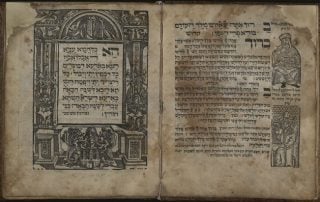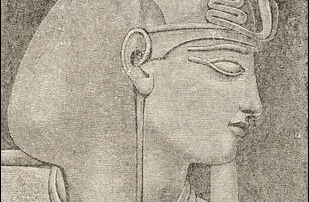Passover Seder—The Arrow of Time
The Passover Seder is called seder, i.e., "order" not without a reason. It is a highly structured and orchestrated ceremony that follows the ancient script—Passover Haggadah. The Seders is a play in four acts: Kiddush (sanctification), Magid (telling the story of the Exodus), Shulchan Orech (the festive meal), and Nirtzah (Hallel—the prayer for the Messianic redemption). This sequence sets the natural arrow of time past-present-future. The Past. During the Magid part of the Seder, we retell the story of the Exodus of the Jewish people from Egypt—the narrative of our history. Eating of the matzah, drinking four cups of wine and other "simonim" (symbols) of the Seder table—bitter herbs, an egg, a bone, charoset, etc.—are all symbols that have historical significance. This part of the Seder clearly represents the past. The Present. During [...]


